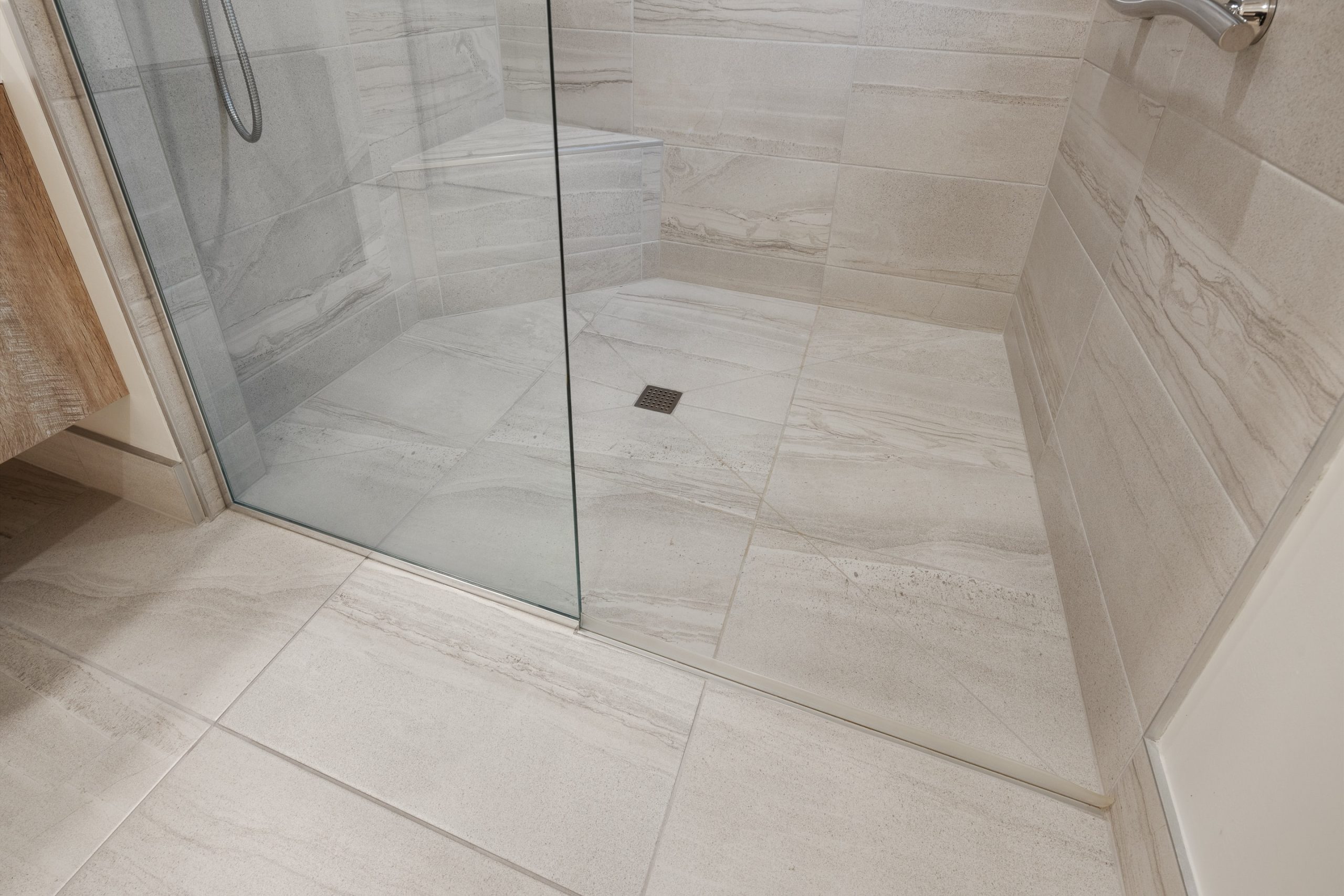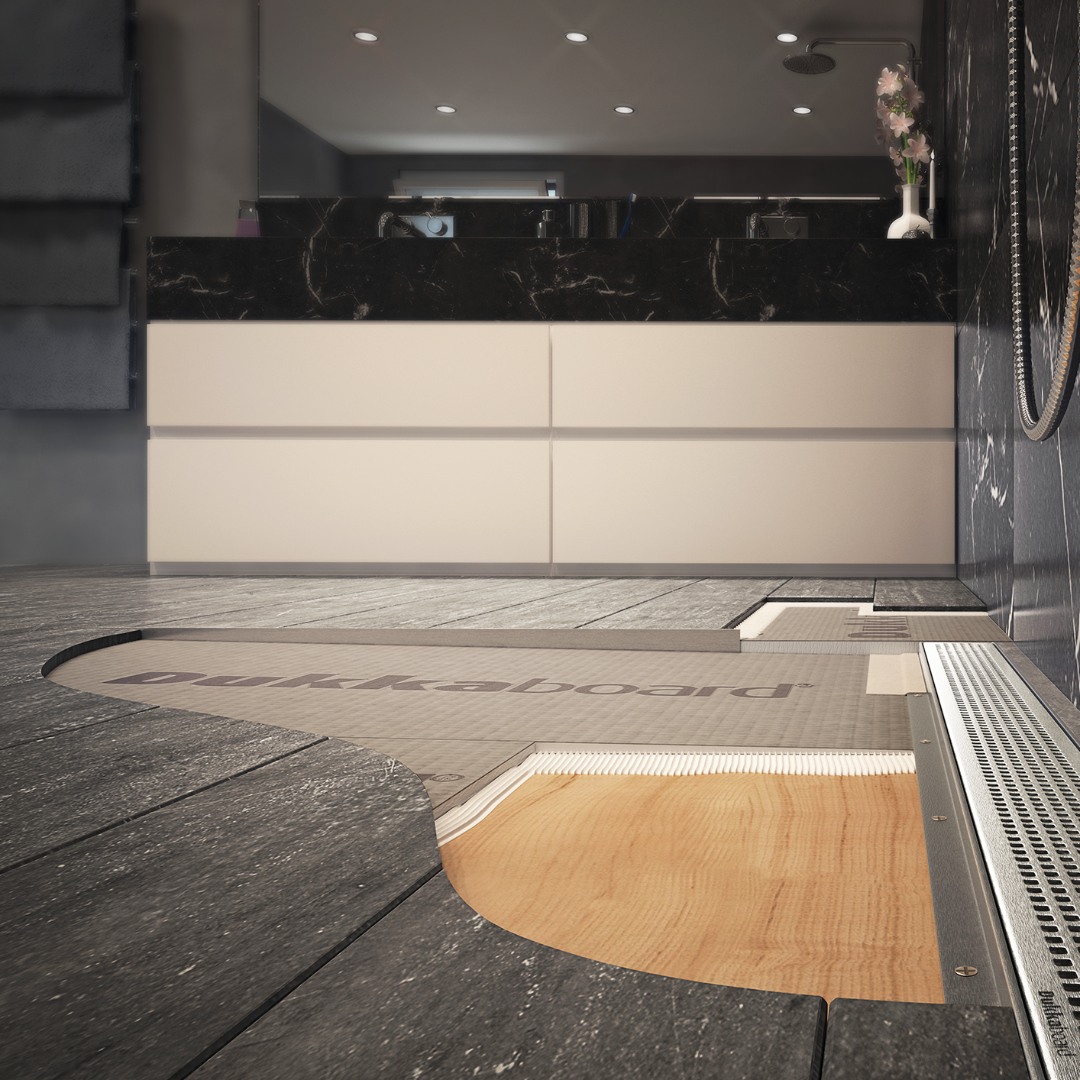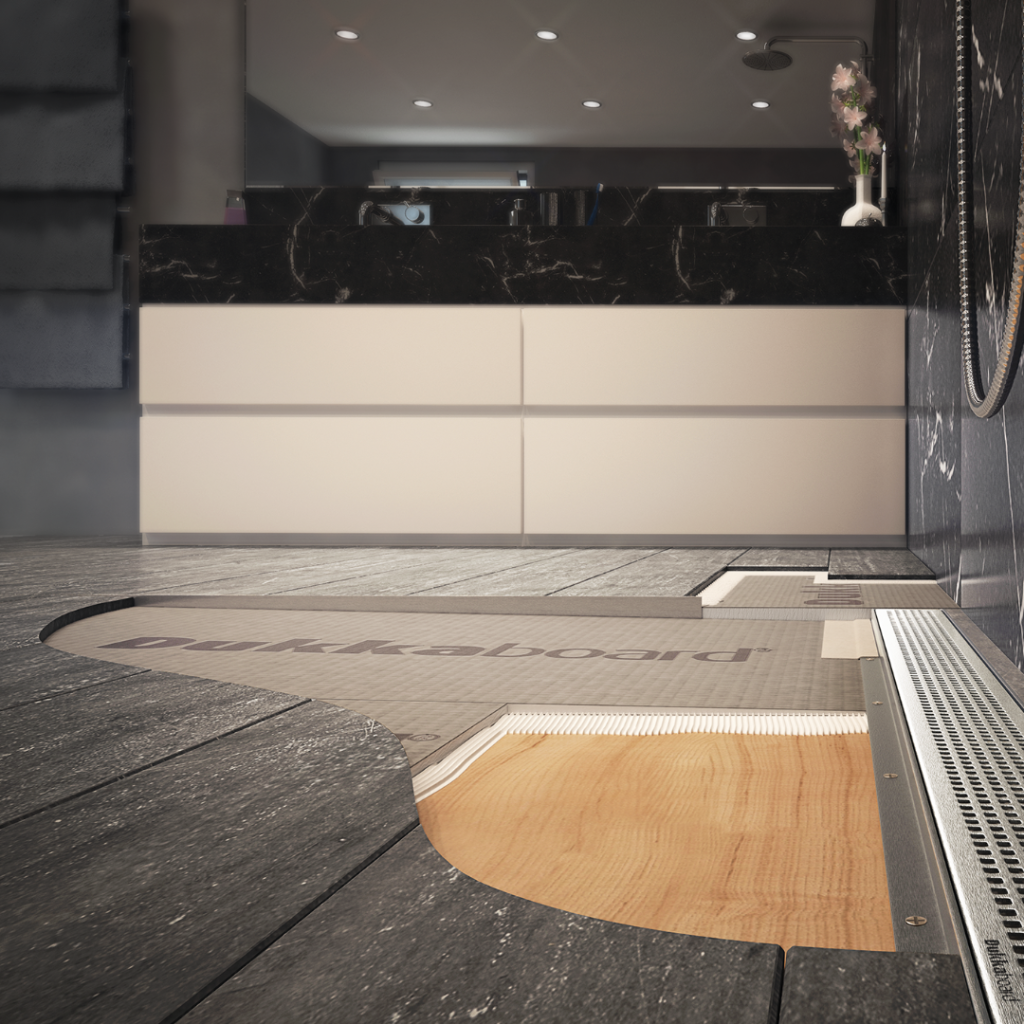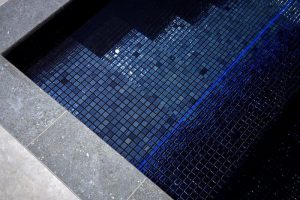When it comes to designing your dream shower, the choice of tiles for the shower floor plays a crucial role in both aesthetics and functionality. The shower floor not only needs to be visually appealing but also needs to provide proper drainage to ensure a safe and comfortable bathing experience. In this blog post, we will explore some of the best tiling options for a shower floor and discuss the key design considerations for effective drainage.
Porcelain or Ceramic Tiles
Porcelain and ceramic tiles are popular choices for shower floors due to their durability, water resistance, and wide range of design options. They are available in various sizes, shapes, and textures, allowing you to create a customized look for your shower. Additionally, these tiles are relatively easy to clean and maintain, making them a practical choice.
Natural Stone Tiles
Natural stone tiles, such as marble, granite, or travertine, add a luxurious and elegant touch to any shower. However, it is important to note that natural stones are porous and require regular sealing to prevent water absorption. When choosing natural stone tiles for your shower floor, opt for smaller sizes or mosaic patterns to ensure proper drainage and minimize slipping hazards.
Textured Tiles
To enhance safety in the shower area, consider using textured tiles for the floor. These tiles have a rough surface that provides additional grip and reduces the risk of slipping, especially when the floor is wet. Textured porcelain or ceramic tiles with a slip-resistant finish are ideal for shower floors, as they combine functionality with style.
Mosaic Tiles
Mosaic tiles are a versatile option for shower floors, allowing you to create intricate patterns or designs. The small individual tiles provide better traction and allow water to drain more efficiently. The grout lines between the tiles also contribute to better drainage by directing water towards the drain. Additionally, mosaic tiles can add a visually appealing focal point to your shower floor.
Be inspired by the latest range of shower room tiles from Pyro + Echo
Mosaic tiles are a versatile option for shower floors, allowing you to create intricate patterns or designs. The small individual tiles provide better traction and allow water to drain more efficiently. The grout lines between the tiles also contribute to better drainage by directing water towards the drain. Additionally, mosaic tiles can add a visually appealing focal point to your shower floor.

Choosing the right tiling options for your shower floor involves considering both aesthetic appeal and functionality, with proper drainage being a key factor. Whether you opt for porcelain, ceramic, natural stone, textured, or mosaic tiles, ensure that the design promotes efficient water flow and minimizes slipping hazards. By considering these factors, you can create a beautiful and functional shower floor that enhances both the style and safety of your bathroom oasis.
Key Design Considerations for Drainage
- Slope: Proper drainage starts with a well-designed slope. The floor should be sloped slightly towards the drain to ensure that water flows freely and does not accumulate in any particular area. A slope of approximately 2% (1/4 inch per foot) is generally recommended for effective drainage.
- Linear Drains: Linear drains have gained popularity in modern shower designs due to their sleek appearance and excellent drainage capabilities. Unlike traditional center drains, linear drains are positioned along one side of the shower, allowing for a seamless and continuous floor surface. They are particularly useful for large or barrier-free showers where a single central drain may not be sufficient.
- Size and Placement of Drain: Consider the size and placement of the drain carefully. A larger drain with a high flow rate is preferable for showers with high water volume or rainfall showerheads. Also, ensure that the drain is positioned in a location that minimizes standing water and promotes efficient water flow towards the drain.
- Grout and Sealants: Properly sealed grout lines are essential for preventing water from seeping through the tiles and causing damage. Use high-quality grout and sealants specifically designed for wet environments to maintain the integrity of your shower floor.
At Trimline, we are the trusted experts in tiling solutions, dedicated to serving the construction industry with unparalleled quality, reliability, and customer service. With our unwavering commitment to excellence, we deliver guaranteed results that stand the test of time.






